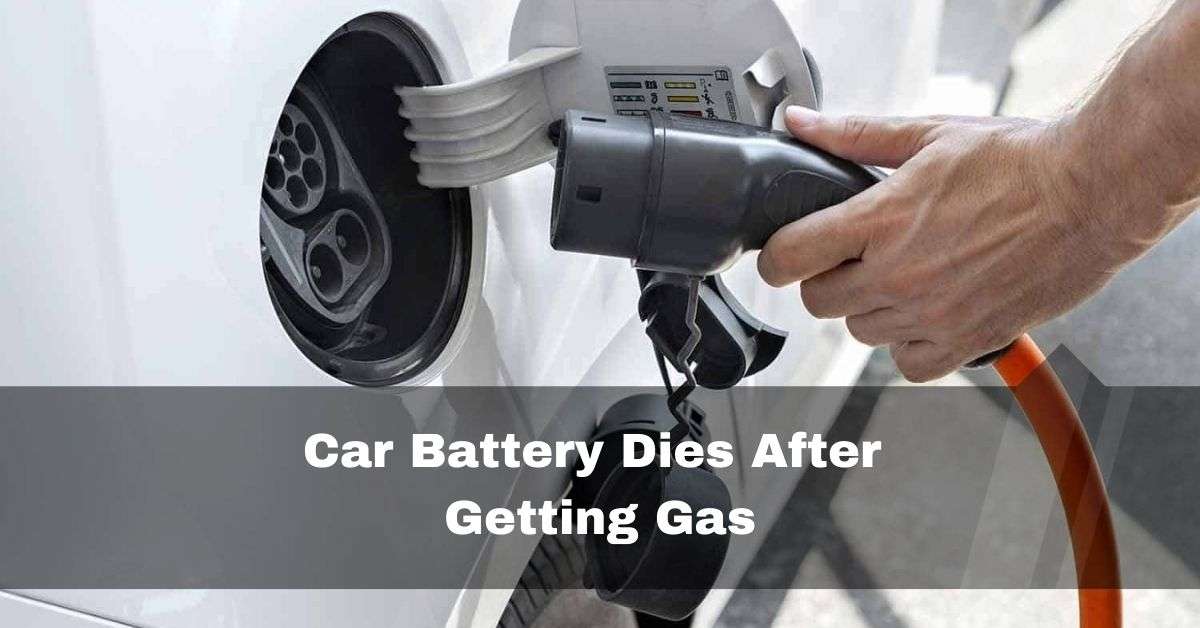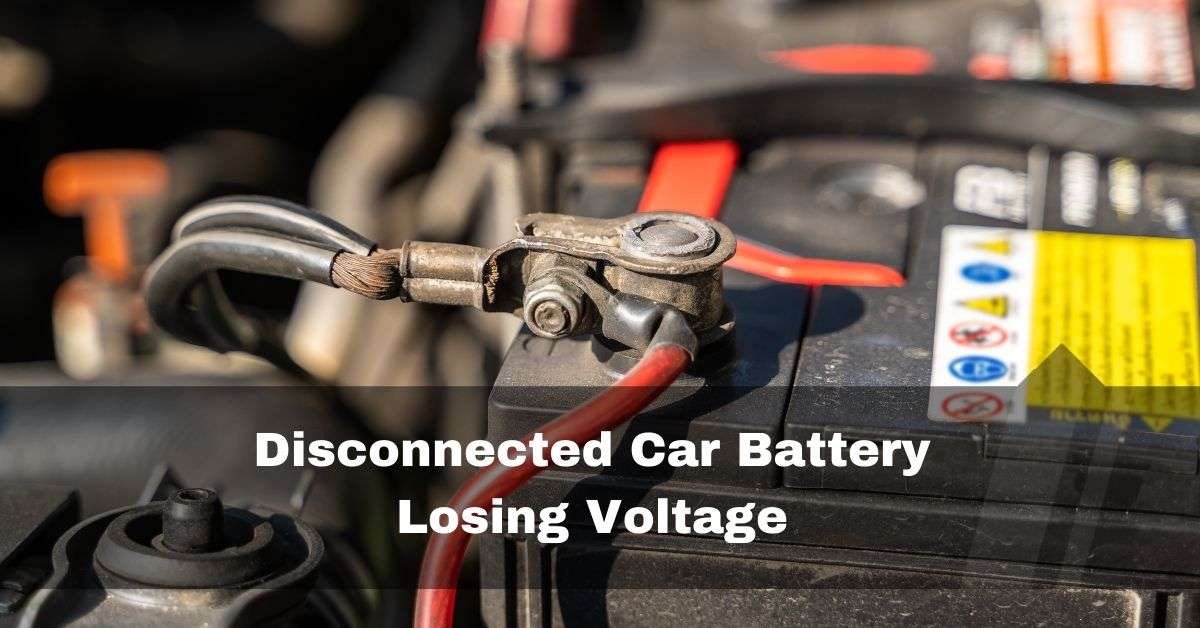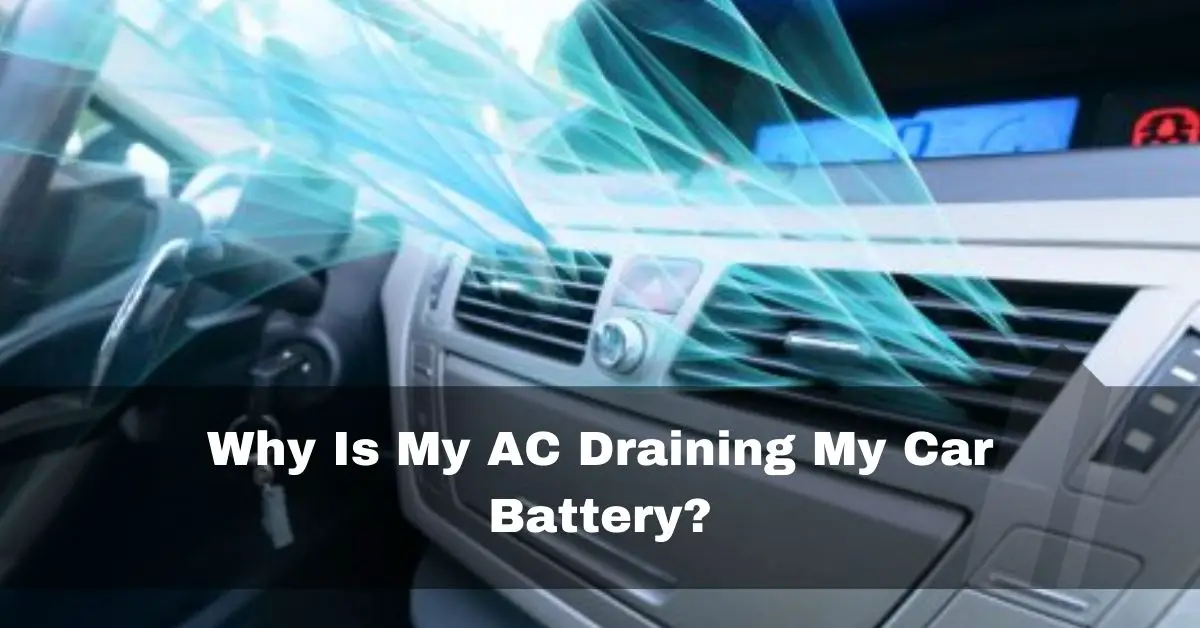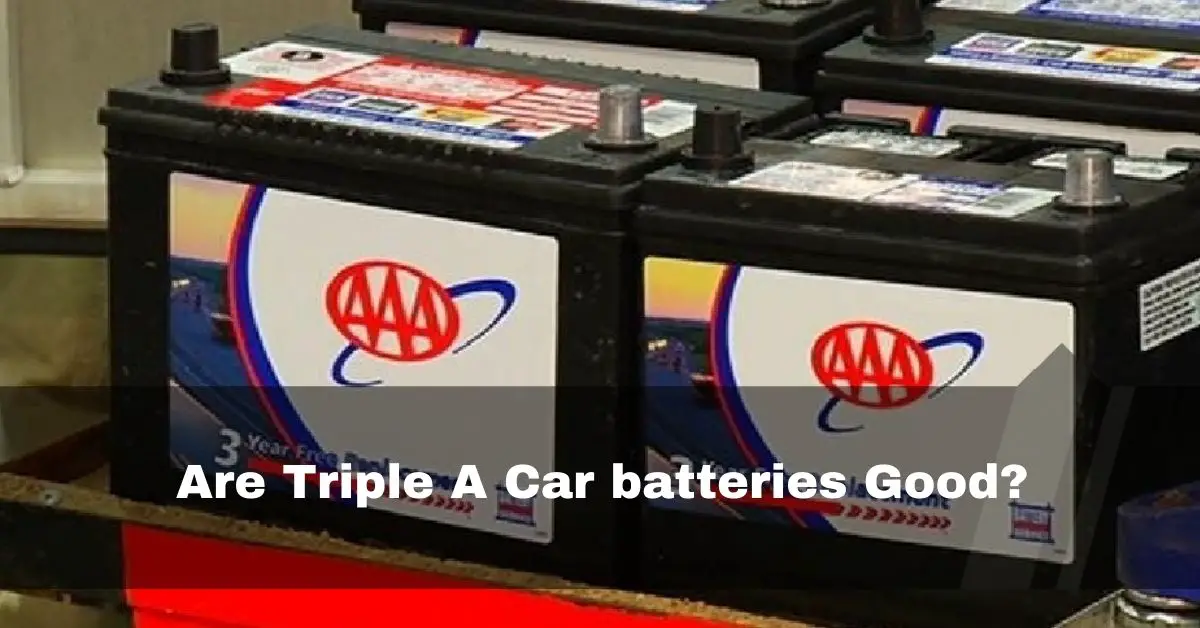Your automobile battery may occasionally become depleted or empty, leaving you stranded. It would be best to recharge a dead or low battery to get it going again. How long does it take to charge a car battery at 6 amps is a popular query.
- Small Car Battery (200 to 315 CCA or RC 40 to 60) takes 8-10 hours
- Mid-Sized Car Battery (315 to 550 CCA or RC 60 to 85) takes 10-12 hours
- Large Sized Car Battery (550 to 1,000 CCA or RC 85 to 19) takes 12- 24 hours
In this article, we discuss the time it takes to charge the battery at 6 amps, the factors that affect it, and how you should safely charge the car batteries, so stay with us!
Table of Contents
How Long To Charge A Car Battery At 6 Amps?
Recognizing Time and Rates for Charging 6 amps is a slow car battery charging rate. While it might take longer than faster charging rates at more excellent amps, a drained battery can still be revived appropriately. However, the battery’s size and capacity affect how long it takes to charge. Let’s examine the approximate charging times for various car battery types.
1. Small Car Battery (200 to 315 CCA or RC 40 to 60):
Charging at 6 amps will take about 8 to 10 hours to fully charge small car batteries with 200 to 315 cold cranking amps (CCA) or a reserve capacity (RC) of 40 to 60. This estimate is based on the notion that the battery is dead and demands a thorough recharge.

2. Mid-Sized Car Battery (315 to 550 CCA or RC 60 to 85):
Mid-sized automobile batteries with capacities between 315 and 550 CCA or an RC between 60 and 85 will take a little longer. Assuming the battery is discharged, charging at 6 amps will take 10 to 12 hours to complete.

3. Large Sized Car Battery (550 to 1,000 CCA or RC 85 to 19):
It will take 12 to 24 hours to fully charge a large ca battery with 550 to 1,000 cold cranking amps (CCA) or a reserve capacity (RC) of 85 to 190 at 6 amps. The battery’s greater power causes a longer charging time. This estimate emphasizes the value of patience and giving the battery enough time to get a full charge by assuming that the battery is completely discharged.

Factors Affecting How Long Does It Take To Charge A Car Battery At 6 Amp?
1. Battery Capacity:
The most common battery type is 48 amp hours. We are not referring to amps that cold-crank. Instead, I’m referring to the amp power a car battery can generate while not charging. It could take around 8 hours to fully charge a 48 amp car battery from empty to full. It would take longer to charge a 60Ah battery, though.

The charging times for popular battery sizes are below to simplify things and let you know how long your battery will take to charge at 6 amps.
- 32Ah battery: approximately 5.3 hours
- 48Ah battery: about 8 hours
- 50Ah battery: about 8.3 hours
- 60Ah battery: about 10 hours
- 100Ah battery: about 16.7 hours
2. Battery Size:
In general, a battery’s charge time increases with its size. A large automotive battery can take up to 24 hours to fully charge, whereas mid-size batteries typically require 10 to 12 hours, and small-size batteries require 8 to 12 hours.
3. Depth Of Discharge:
Whether the battery is totally dead (100%) or nearly dead (80%), or halfway dead (50%) might also affect how long it takes to charge. When the battery is completely discharged, it will take longer before the charger starts working. The battery starts charging right away at 80% discharge. Furthermore, the battery charges more quickly at 50% discharge than at 100% discharge.

4. Battery Temperature:
According to research, charging a battery at a chilly temperature extends the charging time. As a result, if a 6 Amp charger needs 4 hours to charge a 48Ah battery from 50% discharge to 100% charge at 77 degrees, it can take up to 6 hours to charge the battery at a temperature of 35 degrees or below.
5. Battery’s Age And Condition:
Your battery loses the ability to hold a charge as it gets older. As a result, an older battery may require more time to charge than a new one. Furthermore, a battery in poor condition or one that has been used frequently would take longer to charge.

6. Car Brand And Model:
Car battery types, along with technology and energy efficiency, have also changed over time. While lead-acid batteries still power most cars today, some use more effective lithium-ion batteries. Your battery is likely lead-acid and will take longer to fully charge if you drive an older or more affordable vehicle.
However, hybrid vehicles typically charge much more quickly than conventional vehicles because they have a smaller engine and a lithium-ion battery.
How Do I Get My Car Battery To Charge Faster?
Use a higher amperage charger or maintenance to speed up battery charging. For instance, a 48Ah battery may be fully charged from empty to complete in 4 hours using a 12 amp charger.
However, it would help if you only used a high-power charger in an emergency. It indicates that overcharging a battery at too high an amp level can damage the battery. It would help if you only used chargers with current outputs of more than 12 amps for an hour.
Starting to drive after about an hour of charging is another way to make your battery charge more quickly. It is a good choice, especially if you’re pressed for time. While it takes your car battery up to 8 hours to get from dead to complete, you can start the vehicle after just 1 hour of charging and let the alternator charge the battery more quickly.
To fully recharge the battery, drive the automobile for at least 40 to 60 minutes.
The alternator has to work harder while charging your automobile at 12 volts, especially if you spin the car faster. Therefore, it should only be used as a last resort.
What Is The Best Amp To Charge A Car Battery?
Your automobile battery’s size determines the best amp or pace to charge it. For batteries 60Ah or less in length, use a charger or range of 2 to 8 amps. It keeps the battery secure and in good condition.
However, a charger with a charge current rating of 20 to 40 amps can be utilized for bigger battery sizes of 100Ah to 200Ah. Ensure the charger you’re using doesn’t output a current in amps 25% greater than the battery’s capacity.
Your automobile battery can be charged more quickly with a high ampere setting, but it could also be damaged and have a shorter lifespan. For instance, if a 60Ah battery is charged at 30 amps, it could overheat, deform the plates, and produce more explosive hydrogen gas.
The best charger for your automobile battery is a low-ampere charger. Your battery will take longer, but the extra time is worth it. During a slower charge, the battery plates have more time and less stress to transform electrical current into chemical energy.
How Can You Safely Charge A Car Battery?
- All electrical components, including the lights inside and outside, should be turned off. The battery may drain if you keep something on while charging, lengthening the charging process.
- If you have the required equipment, disconnect the battery from the terminal or take it out of the car to charge it. However, this is optional, especially if your car’s design makes it challenging to access the battery.
- Remove the negative cable first before disconnecting the battery. An indicator is a dark cable or a negative (-) symbol on the terminal.
- Ensure adequate ventilation in the space. You can also wear your safety glasses and gloves for added security.
1. Set Your Charger:
Check that your automobile battery charger is set to the correct amperage for the capacity of your battery. You may not need to worry about this if you utilize a basic charger, which typically has a basic ampere range of 2 to 10. Most current chargers, however, require you to program your ampere rate.

Also, remember that utilizing a lower amperage is better for the life of your battery than using a high ampere.
2. Prepare The Battery:
Clean any rust from the battery terminal to guarantee a solid connection between the battery and charger. To clean the terminal, apply baking soda paste with a brush.
3. Connect The Charger:
Before attaching it to the battery, ensure it is off. Next, attach the charger’s positive (red) wire to the battery’s positive terminal and its negative (black) cable to a metal component of the vehicle that is not painted and is located far from the battery.

4. Charge Your Battery:
- Activate the charger and keep the battery connected until it is fully charged. If the charger is set to 6 Amps, this could take up to 8 hours.
- The indicator light (or ammeter) on the charger will turn on once the battery starts to charge, indicating that it is charging. However, if the battery is dead, the charger might not immediately recognize it. So wait a while, then check back.
- Remove the clamps, starting with the negative cable, after charging the battery. Start the car, then connect the battery to the cable. Your automobile should now begin to operate. But if the battery isn’t malfunctioning, you should call your mechanic.
Benefits Of Slow Charging:
While a 6-amp charge rate is considered slow, it offers advantages over faster charging rates. These benefits include:
1. Heat Management:
Slow charging lowers the possibility of battery damage by preventing excessive heat buildup. A modest charge rate might help keep a battery healthy because heat can impair performance and reduce battery life.
2. Safety:
Overcharging the battery, which might harm it, is prevented by charging at a lower amp rate. A safer and more controlled method of battery recharging is provided by slow charging.
FAQS:
1. How Many Amps Should I Charge My Car Battery At?
Fast charging is generally defined as having a rating of 20 amps to 40 amps or more, whereas slow charging is defined as having a rating of less than 10 amps. Consequently, if you’re unsure of how long it takes to charge a car battery at 10 amps,
2. Is It Better To Charge A Car Battery At 2 Amps Or 6 Amps?
Your automobile battery will take an eternity to charge if you have insufficient amps! The safest amp range for charging automotive batteries is 4 to 7.5 amps. Charging within this range prevents the vehicle battery from being overcharged, overheated, or damaged.
Conclusion:
It’s crucial to consider the battery’s size, capacity, and general condition when charging a car battery at 6 amps. A mid-sized battery (315 to 550 CCA or RC 60 to 85) takes ten to twelve hours to fully charge at 6 amps, while a small automobile battery (200 to 315 CCA or RC 40 to 60) takes about eight to ten hours. Always choose a charger that is right for your battery and apply the appropriate safety measures when handling the battery and charger. Using a slower charging rate guarantees a safer and more effective charging process for your car battery.








































































